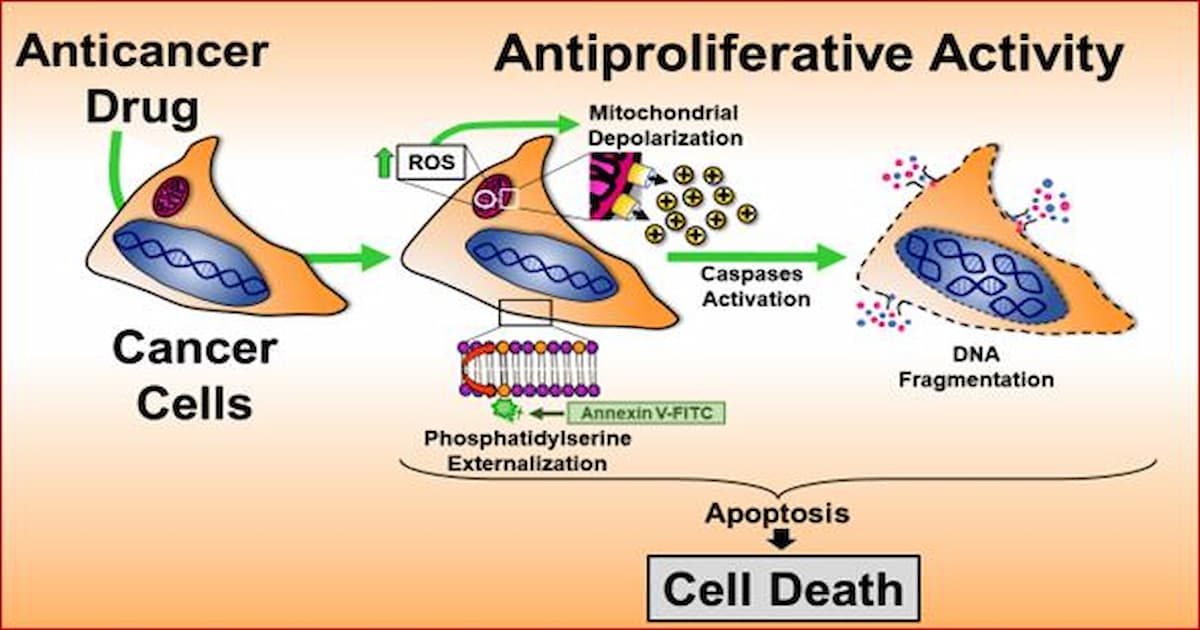Advances in Anti-Cancer Drugs: 2nd Edition
Topic Information
Dear Colleagues,
This Topic is the second edition of the collection “Advances in Anti-Cancer Drugs”, available at https://www.mdpi.com/topics/AIACD.
We hope this message finds you well. As large quantities of novel synthetic and natural molecules continue to be generated or discovered, it is challenging to identify and characterize therapeutic agents with effective anti-cancer activity.
The aim of this particular Topic, "Advances in Anti-Cancer Drugs”, is to collect a group of publications focused on novel chemical compounds with cytotoxic activity against cancer cells, whether in vitro, in vivo, or both, particularly including articles that present novel biomarkers and target proteins with potential therapeutic properties. In addition, submissions are encouraged for studies on drug repurposing, including approved, discontinued, and shelved drugs with anti-cancer activity. Moreover, immunotherapy, electrochemotherapy, gene therapy, and phytomedicine studies are highly welcome.
The submitted manuscripts should include the partial mechanism used for novel compounds and therapeutic strategies. Information on the potential mechanism of action should be included. This Topic provides a suitable platform to disseminate anti-cancer discoveries at the bench and the bedside. Thus, we are delighted to invite you to participate in this excellent opportunity to publish your manuscript in our journal.
Dr. Armando Varela-Ramirez
Dr. Elisa Robles-Escajeda
Dr. Blanca E. Ruiz-Medina
Dr. Patricia Talamás-Rohana
Dr. Rachid Skouta
Topic Editors
Keywords
- anticancer
- antiproliferation
- apoptosis
- biomarkers
- cell cycle
- cell signaling
- drug discovery
- immunotherapy
- gene therapy
- phytomedicine
